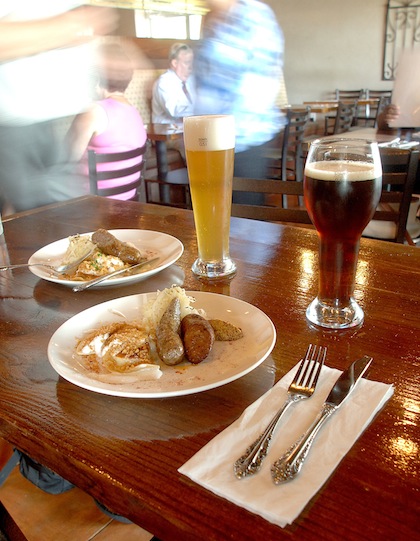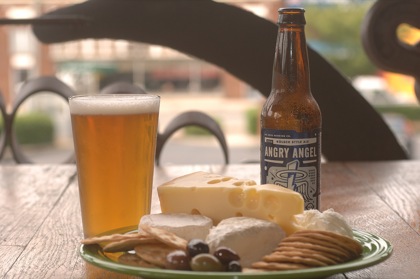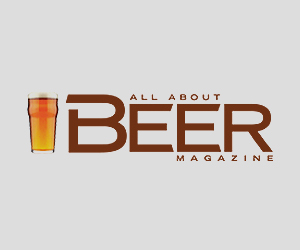Author: Chad Wulff
-
 Buyer's Guide for Beer Lovers
Buyer's Guide for Beer Lovers -
 Buyer's Guide for Beer Lovers - Full Pints
Buyer's Guide for Beer Lovers - Full PintsContinental European Ales
September 1, 2009 - Chad Wulff In early April of this year, the World Beer Championships held their annual tasting of Continental European Ale styles. Maibocks were also included, as they are in season this time of year. A few tasty sessions of an eclectic assortment of brews turned out some excellent results. Thanks again to all of the participating breweries... View Article -
 Beers
BeersBarrel-Aged Ales
July 1, 2009 - Chad Wulff Any classic or hybrid top fermenting ale that has spent time in a new or used Sherry, bourbon, Scotch, port, wine, or other barrels to impart the specific flavors of the chosen wood or liquid that was contained previously to the ale. The intention of barrel ageing is to create a more unusual and complex ale from the marriage of liquid and wood, while maintaining a balance of flavor, mouthfeel and aroma. Color ranges from deep golden to deep mahogany and alcohol can range anywhere from 6 to 9 percent or higher, depending on the initial style of the ale. -
 Beers
BeersWinter Ales
July 1, 2009 - Chad Wulff Spiced winter ales are popular hybrids among U.S. craft brewers. Typically, they are strong ales that have had some spice added during the brewing process. True to their name, they make ideal sipping beers with which to ward off winters chills and get a dose of seasonal spices. This style is usually brewed before Christmas and brewers frequently make annual adjustments to their often-secret recipes in an effort to obtain that perfect symbiosis between spices, hops and malt. -
 Beers
BeersBarley Wine
July 1, 2009 - Chad Wulff Barley wine is the evocative name coined by British brewers to describe an extremely potent ale that can range from golden copper to dark brown in color. They are characterized by extravagant caramel malt flavors and bittering hops that prevent the malt sweetness from cloying. Rich and viscous, they can have in their most complex manifestations winey flavor profiles, with a hint of sweetness. Some examples are vintage dated and can improve with extended bottle age. These powerful brews are classically sold in small “nip” bottles and can be consumed after dinner or with dessert. The style has become popular among U.S. craft brewers who often produce them as winter specialties. -
 Beers
BeersStrong Ale
July 1, 2009 - Chad Wulff Strong Ales are sometimes referred to as old ales, stock ales or winter warmers. These beers are higher alcohol versions (typically between 5.5-7 percent ABV) of pale ales, though not as robust or alcoholic as barley wines. Usually a deep amber color, these brews generally have a sweet malty palate and a degree of fruitiness. If bottle conditioned, strong ales can improve for several years, in some cases eventually obtaining sherry-like notes. -
 Beers
BeersScottish Ale
July 1, 2009 - Chad Wulff Scottish ales are typically full-bodied and malty, with some of the classic examples being dark brown in color. They are more lowly hopped than the English counterparts and often have a slightly viscous and sweet caramel malt character due to incomplete fermentation. Scottish style ales can be found in far-flung corners of the world where faithful versions are brewed, this being a legacy of the style’s popularity in the British Empire. In the United States, many craft brewers produce a Scottish-style ale. The export versions produced by Scottish brewers, the type mostly encountered in the United States, are considerably stronger and more malty than the standard versions made available to Scottish beer drinkers. -
 Beers
BeersIrish Style Ale
July 1, 2009 - Chad Wulff Irish ales are characterized by their reddish color, malt accents, slightly sweet palate, and low hopping. They are not generally bitter if true to style and in this they reflect the historical fact that the Irish have never taken to huge amounts of hops in their traditional beers. In their native land they have long played second fiddle to stout, and prior to that, porter. Lacking a truly indigenous character, many versions being revived in the United States owe more to Celtic marketing than to a distinct character, although the color and high drinkability are the usual reference point. -
 Beers
BeersEnglish-Style Brown Ale
July 1, 2009 - Chad Wulff The precise definition of English brown ale would depend on where you are in England. It is nowadays much more closely associated with Northern England, specifically Tadcaster and Newcastle, home to Newcastle Brown Ale. These medium-bodied reddish-brown beers are malt-accented with a nutty character, a gentle fruitiness, and low bitterness. Alcohol is moderate, a maximum of 5 percent ABV. The much less prevalent Southern English style, not seen abroad, is much darker in color, sweeter on the palate, and made in a lighter style. English-style brown ales of the former type have become very popular with U.S. brewers, no doubt for the same reason as they took hold in England: namely, they offer great drinkability.
